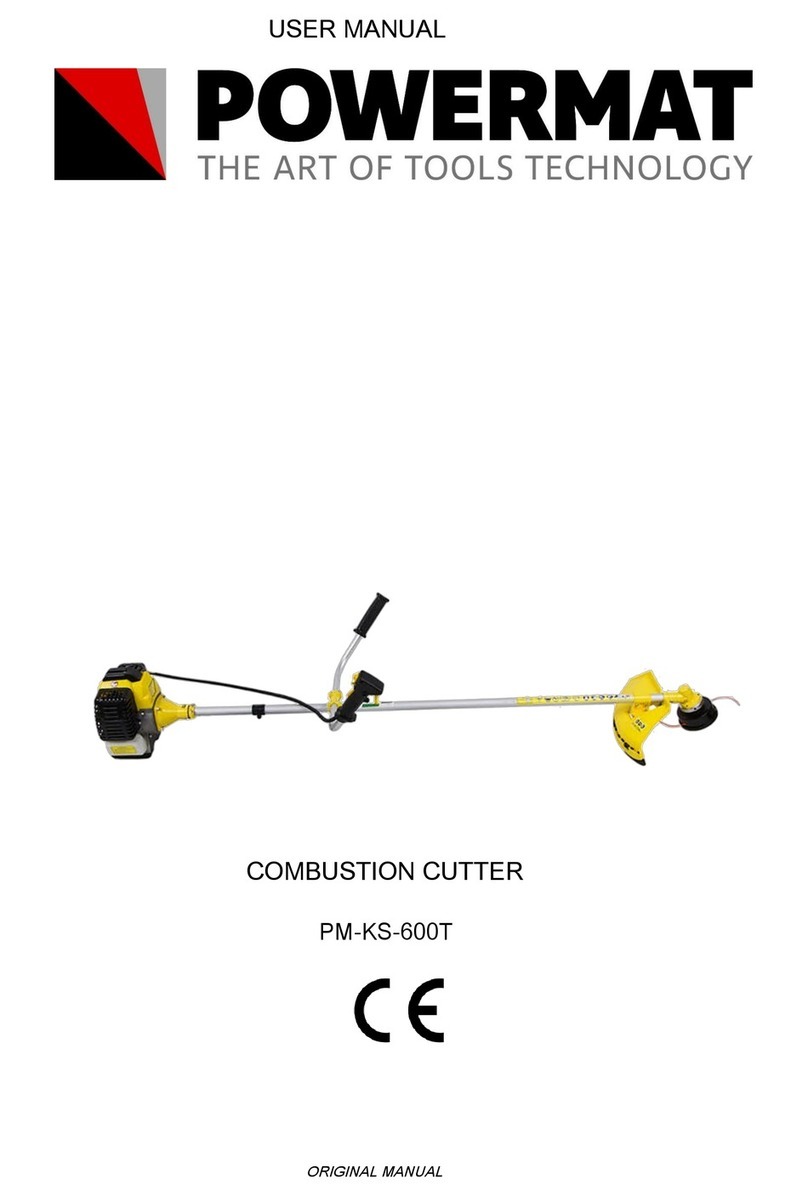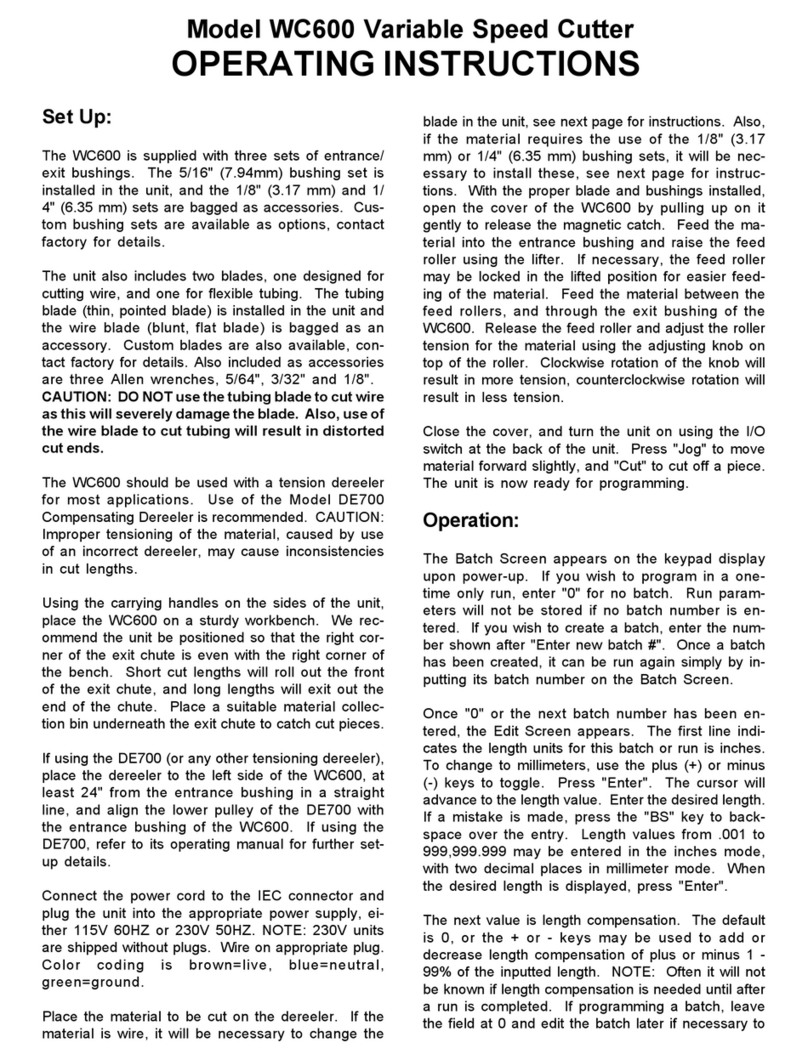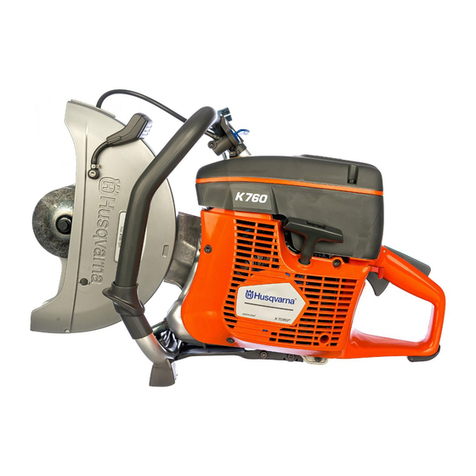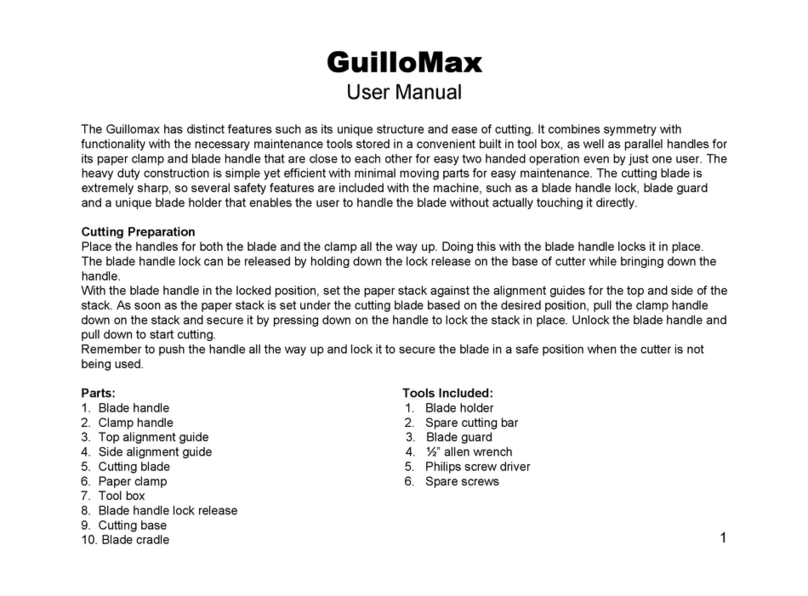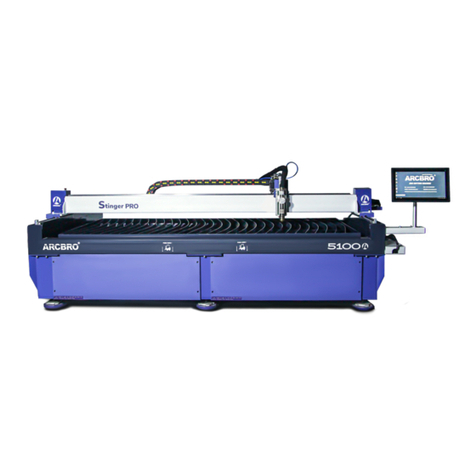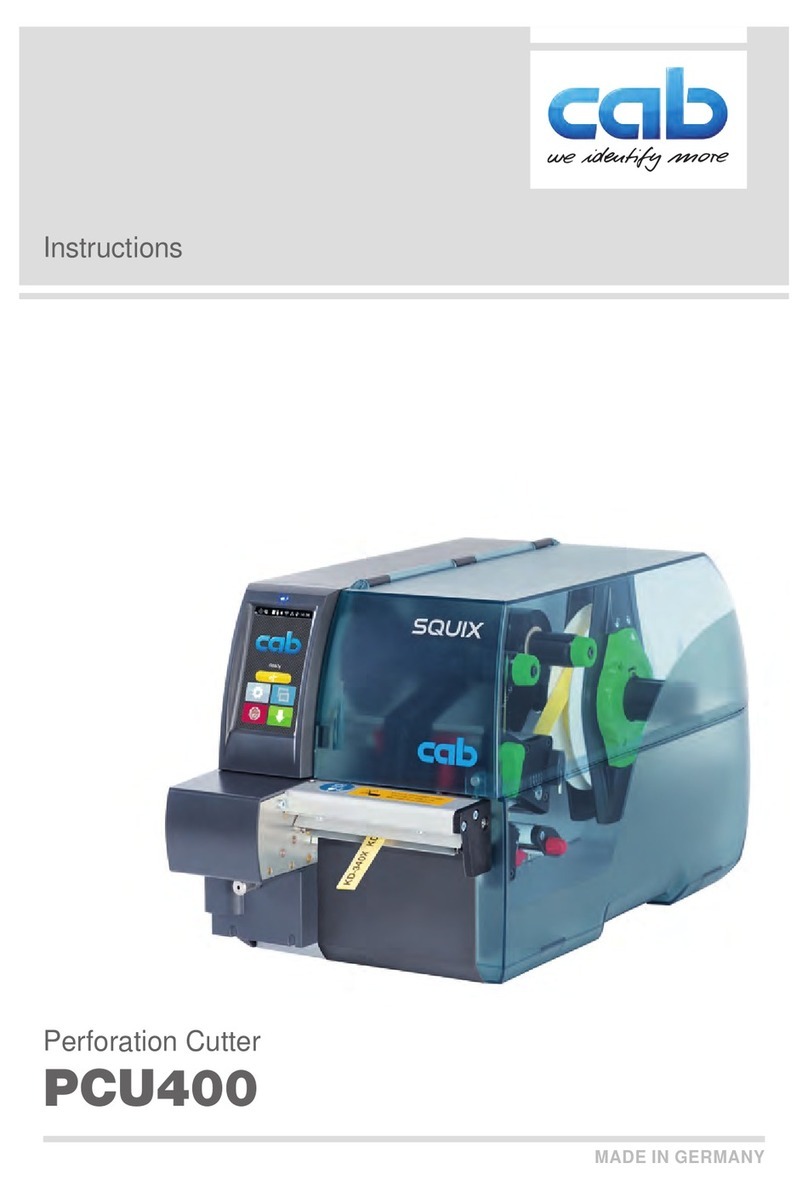
8
• Never grasp the device by knives or hold it for the device protective cover. Do not move the device
connected to the network, keeping your finger on / off switch.
• Disconnect from the network when not in use, you want to transport them or you leave them unattended,
and when you run it, or clean the control.
• Do not attempt to repair the machine unless you have to adequate education. Any work that is not described
in this manual, can be performed only by authorized service.
• Do not carry the appliance by the cord. Do not use the cable to pull the plug from the mains. Protect the
cable from heat, oil and sharp edges.
•Do not use the machine near flammable liquids or gases. In the event of non-compliance with this recommendation
there is a danger of fire or explosion.
• The user is responsible for accidents or injuries caused by other people and for the resulting damage to their
property.
• Store in a dry place out of reach of children.
• Handle your device carefully. Keep the device in such a state that the head was clean to be able to work
better and safer. Follow the maintenance regulations.
ABOUT ROTECTION AGAINST ELECTRIC SHOCKABOUT ROTECTION AGAINST ELECTRIC SHOCK
• Note the mains voltage is in accordance with the data on the nameplate.
• Before each use, check the unit and power cord with plug for damage. Avoid body contact with grounded
parts (eg. The metal fence, metal bar).
• Cable socket must be protected against splashing water, made of rubber or covered it. Use only an
extension which is intended for use in the open air and are marked accordingly.
•Place the wire away from the work area and keep that in mind so that it is for the person that supports the device.
• Do not use damaged cables, connectors, plugs, or inconsistent with the provisions of the connecting cables.
In case of damage or cut power cord immediately pull the plug from the socket.
• Do not use the device if you can not turn on or off switch. Replacement of defective switches should be
ordered at the point of customer service.
• Do not overload the machine. Work in a given power range. Do not use machines with low power to perform
heavy work. Use your device only for the purposes for which it was designed.
P OLE ELECTROMAGNETICP OLE ELECTROMAGNETIC
To reduce the amount of electromagnetic fields in the workplace include:
1. Keep cables close together (you can turn the tape or taped). 1. Keep cables close together (you can turn the tape or taped).
2. Organize the wires from one side of the operator as far as possible from him. 2. Organize the wires from one side of the operator as far as possible from him.
3. Do not wrap the cables around the body. 3. Do not wrap the cables around the body.
4. The power source and wires should be as far away from the operator as possible. 4. The power source and wires should be as far away from the operator as possible.
5. Connect the terminal welding seam as close as possible. 5. Connect the terminal welding seam as close as possible.






